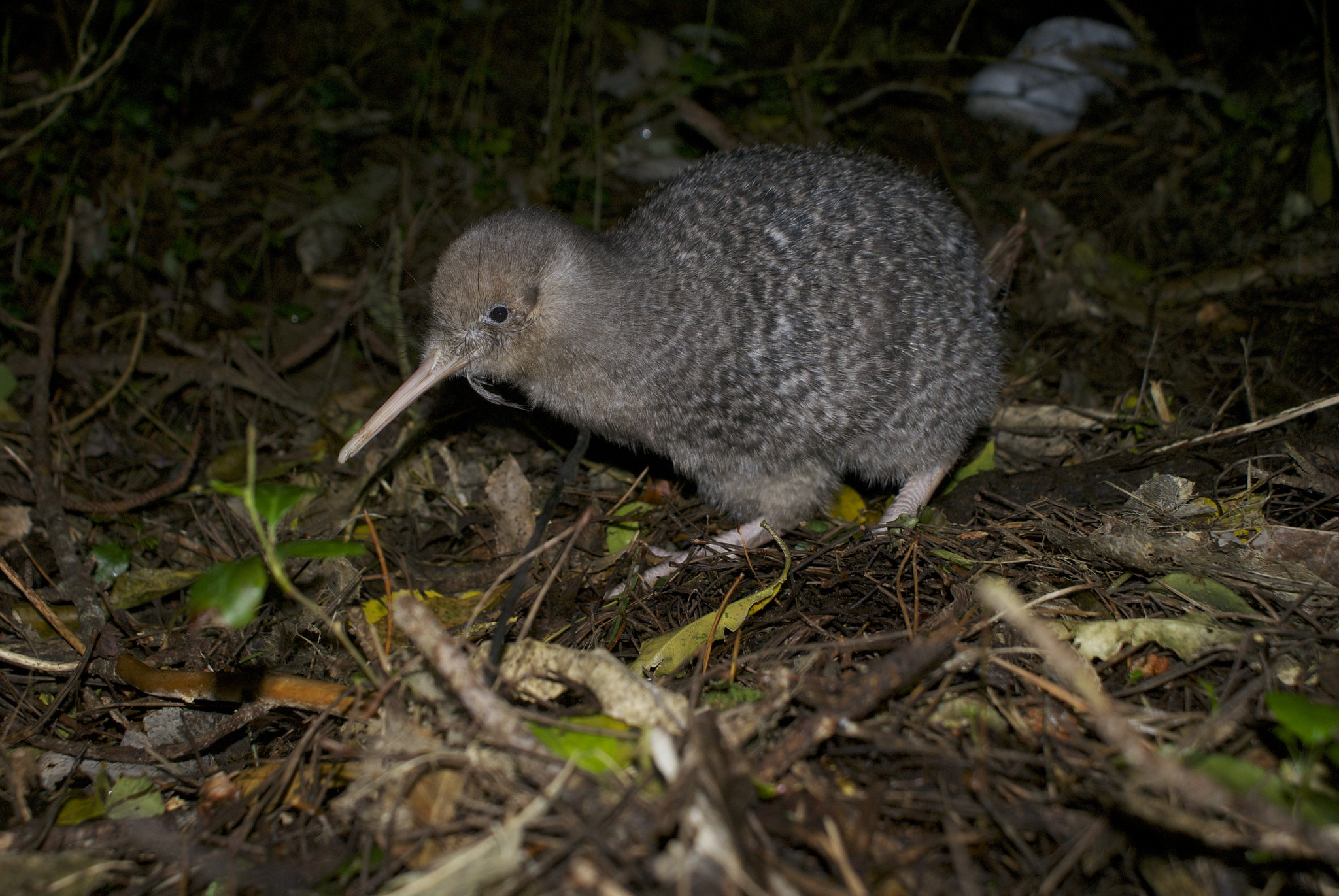Media Release
From: Victoria University of WellingtonConservation by computer
Professor Stephen Marsland from Victoria University of Wellington has created computer software that can analyse sound recordings of native bush and deduced the abundance of various types of birds. This software has implications for conservation research and pest management. It is called AviaNZ and is freely available.
“The software would allow us to monitor the health of bird populations without affecting their behaviours,” Professor Marsland says. “The technology could also monitor pests and predators—by changing the types of recorders you use you might be able to monitor for predator species like rats and stoats that communicate in frequencies that are out of the range of human hearing. It could be an excellent way to gauge the predator stress on a particular area.
“The software can be trained to recognise any sound. As long as the predators are talking to each other and the microphone is close enough, it’ll be able to detect them. We’ve already succeeded in training the software to detect two types of native bats, which are pretty inaudible to humans.”
The software works by analysing spectrogram recordings of bush sounds. It learns the sound wave patterns that represent each different bird call and then counts how many of each call is occurring. The aim is to turn this into estimates of the abundance of different species.
Professor Marsland’s interdisciplinary team from three universities are now working on being able to tell the direction and distance of the calls from the recorders, and even identifying individual birds. They have used Science for Technological Innovation National Science Challenge funding to develop a recorder that uses multiple microphones to mathematically work out the direction and distance of calls.
Part of this research describing the software was recently published in Methods in Ecology and Evolution.


